Your cart is currently empty!
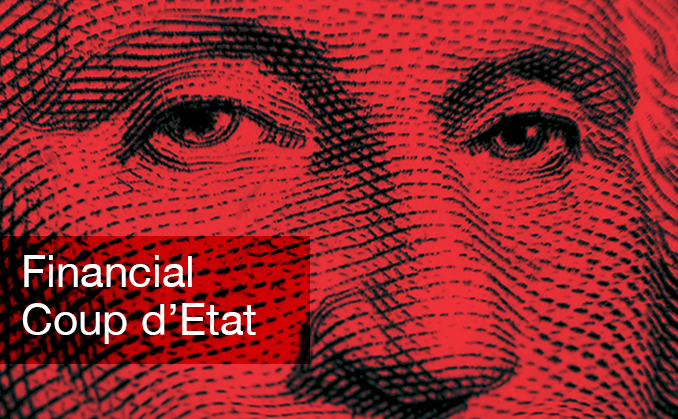
In light of recent events, I am republishing.]
By Catherine Austin Fitts
In the fall of 2001 I attended a private investment conference in London to give a paper, The Myth of the Rule of Law or How the Money Works: The Destruction of Hamilton Securities Group.
The presentation documented my experience with a Washington-Wall Street partnership that had:
- Engineered a fraudulent housing and debt bubble;
- Illegally shifted vast amounts of capital out of the U.S.;
- Used “privitization” as a form of piracy – a pretext to move government assets to private investors at below-market prices and then shift private liabilities back to government at no cost to the private liability holder.
Other presenters at the conference included distinguished reporters covering privatization in Eastern Europe and Russia. As the portraits of British ancestors stared down upon us, we listened to story after story of global privatization throughout the 1990s in the Americas, Europe, and Asia.
Slowly, as the pieces fit together, we shared a horrifying epiphany: the banks, corporations and investors acting in each global region were the exact same players. They were a relatively small group that reappeared again and again in Russia, Eastern Europe, and Asia accompanied by the same well-known accounting firms and law firms.
Clearly, there was a global financial coup d’etat underway.
The magnitude of what was happening was overwhelming. In the 1990’s, millions of people in Russia had woken up to find their bank accounts and pension funds simply gone – eradicated by a falling currency or stolen by mobsters who laundered money back into big New York Fed member banks for reinvestment to fuel the debt bubble.
Reports of politicians, government officials, academics, and intelligence agencies facilitating the racketeering and theft were compelling. One lawyer in Russia, living without electricity and growing food to prevent starvation, was quoted as saying, “We are being de-modernized.”
Several years earlier, I listened to three peasant women describe the War on Drugs in their respective countries: Colombia, Peru, and Bolivia. I asked them, “After they sweep you into camps, who gets your land and at what price?” My question opened a magic door. They poured out how the real economics worked on the War on Drugs, including the stealing of land and government contracts to build housing for the people who are displaced.
At one point, suspicious of my understanding of how this game worked, one of the women said, “You say you have never been to our countries, yet you understand exactly how the money works. How is this so?” I replied that I had served as Assistant Secretary of Housing at the US Department of Housing and Urban Development (HUD) in the United States where I oversaw billions of government investment in US communities. Apparently, it worked the same way in their countries as it worked in mine.
I later found out that the government contractor leading the War on Drugs strategy for U.S. aid to Peru, Colombia and Bolivia was the same contractor in charge of knowledge management for HUD enforcement. This Washington-Wall Street game was a global game. The peasant women of Latin America were up against the same financial pirates and business model as the people in South Central Los Angeles, West Philadelphia, Baltimore and the South Bronx.
Later, courageous reporting by several independent investigative reporters confirmed in detail that the privatization and economic warfare model I discussed in London had deep roots in Latin America.
We were experiencing a global “heist”: capital was being sucked out of country after country. The presentation I gave in London revealed a piece of the puzzle that was difficult for the audience to fathom. This was not simply happening in the emerging markets. It was happening in America, too.
I described a meeting that had occurred in April 1997, more than four years before that day in London. I had given a presentation to a distinguished group of U.S. pension fund leaders on the extraordinary opportunity to re-engineer the U.S. federal budget. I presented our estimate that the prior year’s federal investment in the Philadelphia, Pennsylvania area had a negative return on investment.
We presented that it was possible to finance places with private equity and re-engineer the government investment to a positive return and, as a result, generate significant capital gains. Hence, it was possible to use U.S. pension funds to significantly increase retirees’ retirement security by successfully investing in American communities, small business and farms — all in a manner that would reduce debt, improve skills, and create jobs.
The response from the pension fund investors to this analysis was quite positive until the President of the CalPERS pension fund — the largest in the country — said, “You don’t understand. It’s too late. They have given up on the country. They are moving all the money out in the fall [of 1997]. They are moving it to Asia.”
Sure enough, that fall, significant amounts of moneys started leaving the US, including illegally. Over $4 trillion went missing from the US government. No one seemed to notice. Misled into thinking we were in a boom economy by a fraudulent debt bubble engineered with force and intention from the highest levels of the financial system, Americans were engaging in an orgy of consumption that was liquidating the real financial equity we needed urgently to reposition ourselves for the times ahead.
The mood that afternoon in London was quite sober. The question hung in the air, unspoken: once the bubble was over, was the time coming when we, too, would be “de-modernized?”
In 2009 — more than seven years later — this is a question that many of us are asking ourselves.
Part II: Rethinking Diversification
Related Reading:
Dillon, Read & Co. Inc. and the Aristocracy of Stock Profits
151 Comments
Comments are closed.


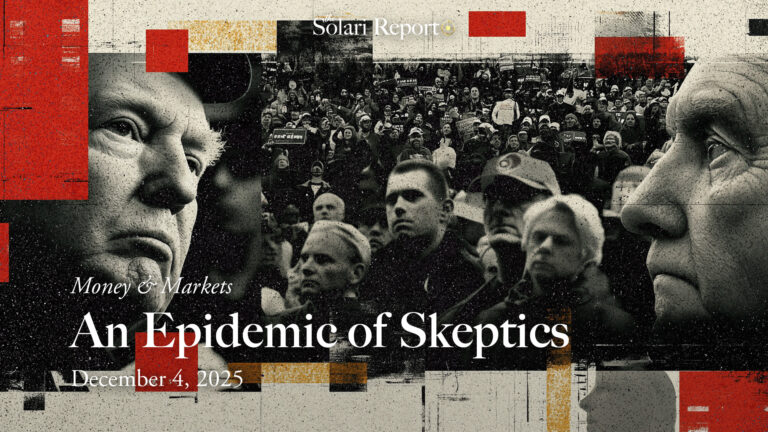
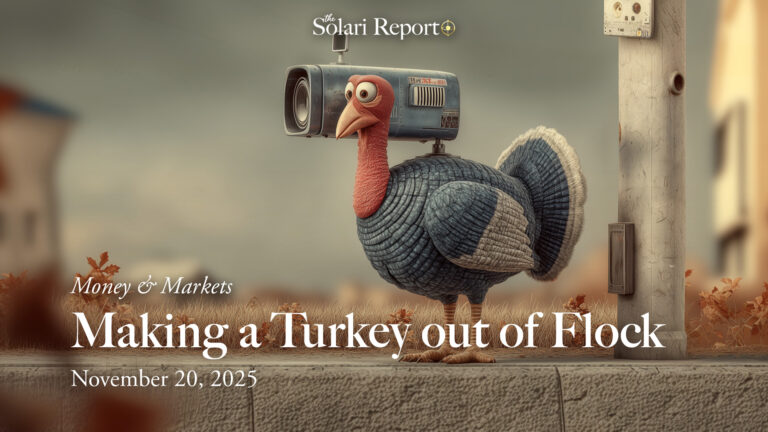
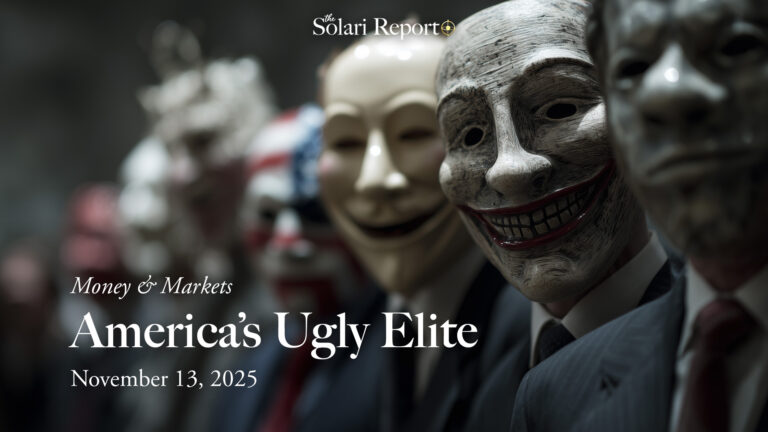
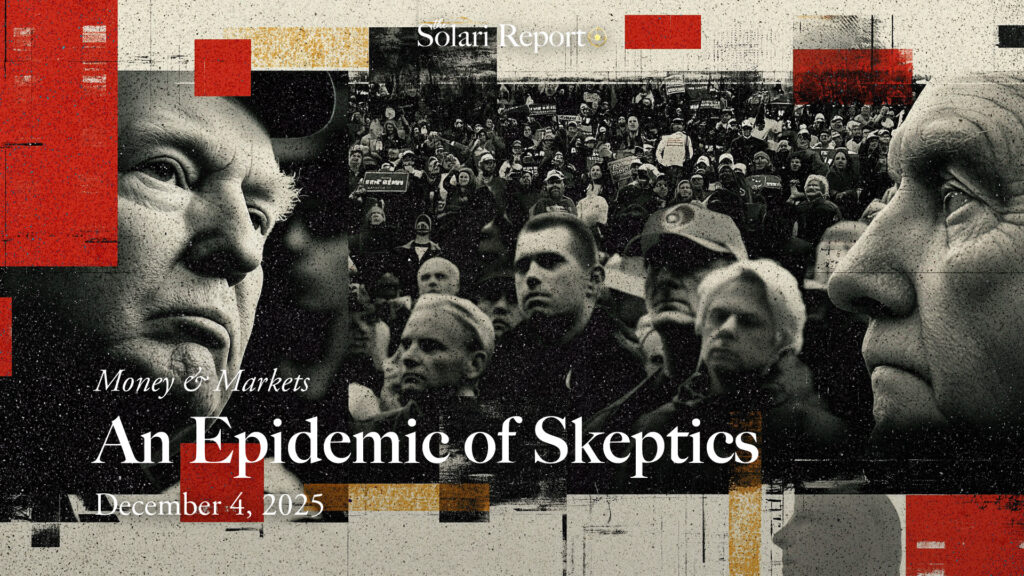
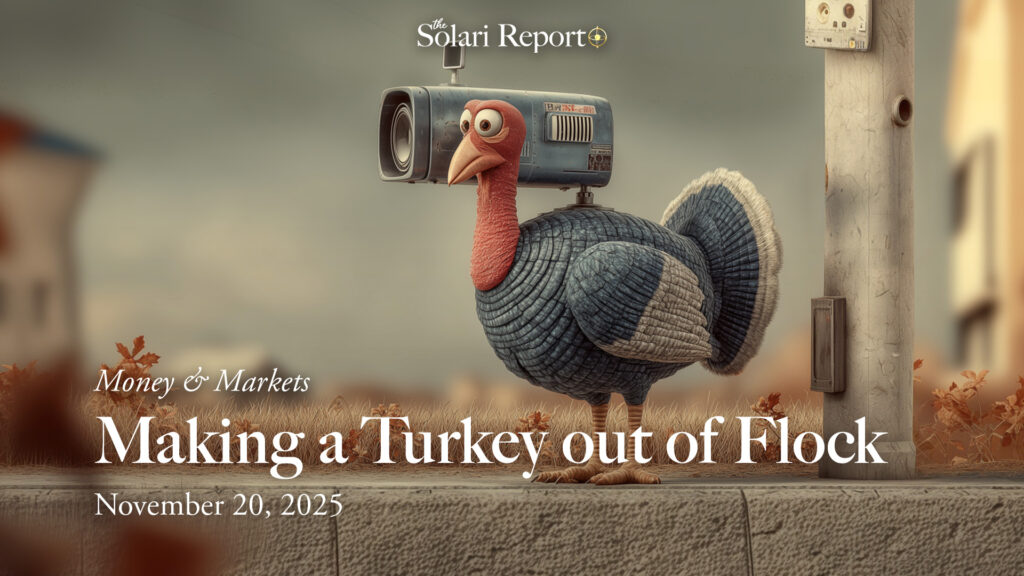
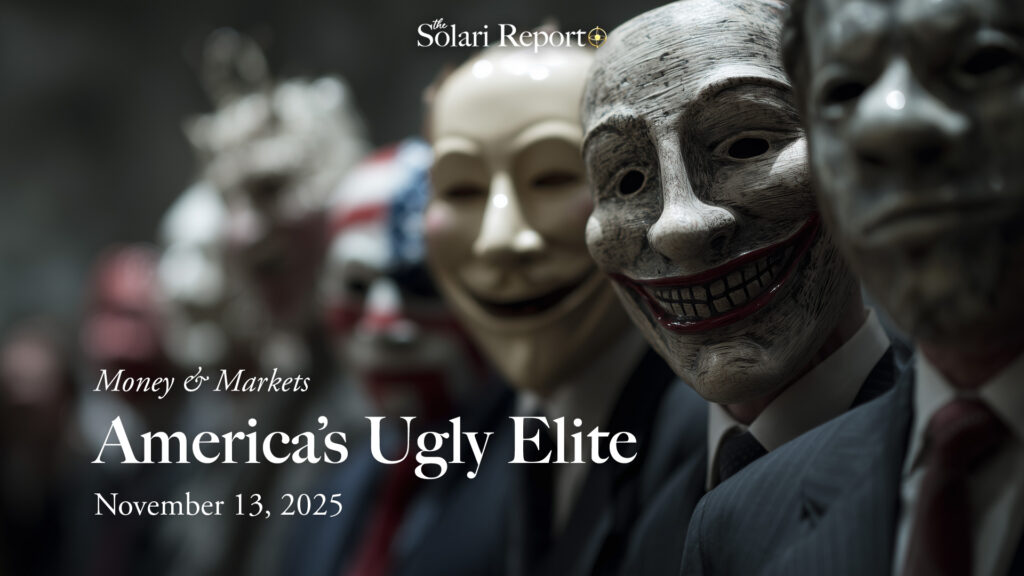
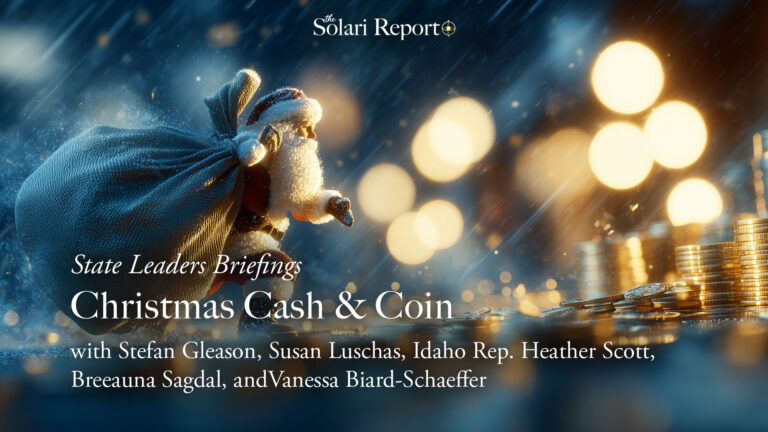

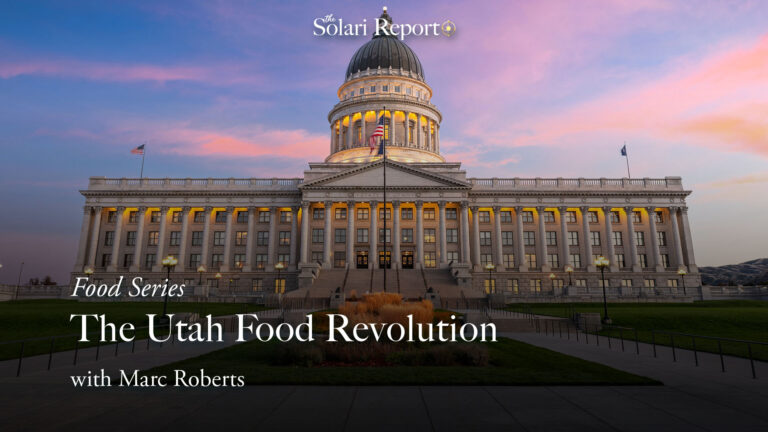
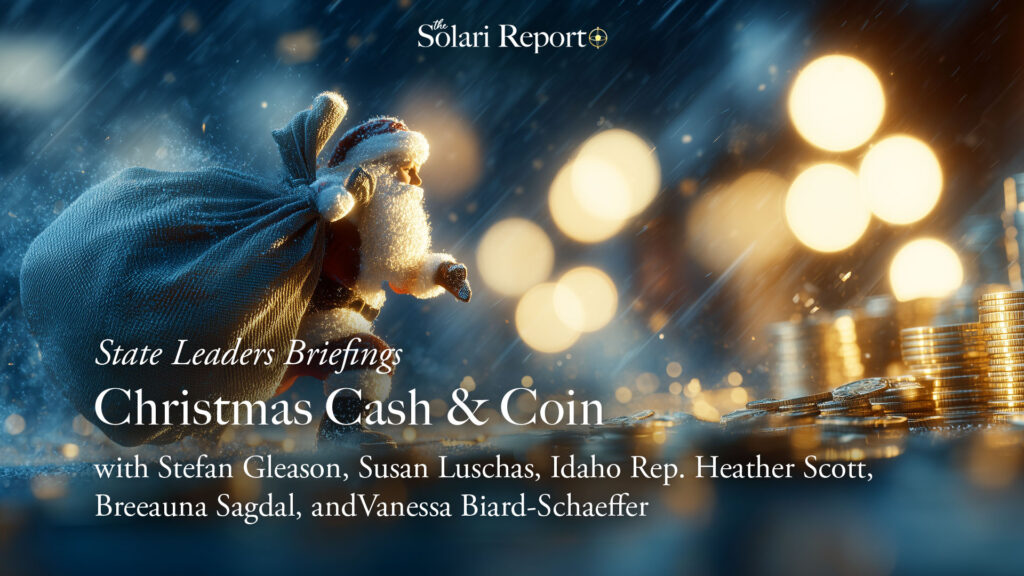

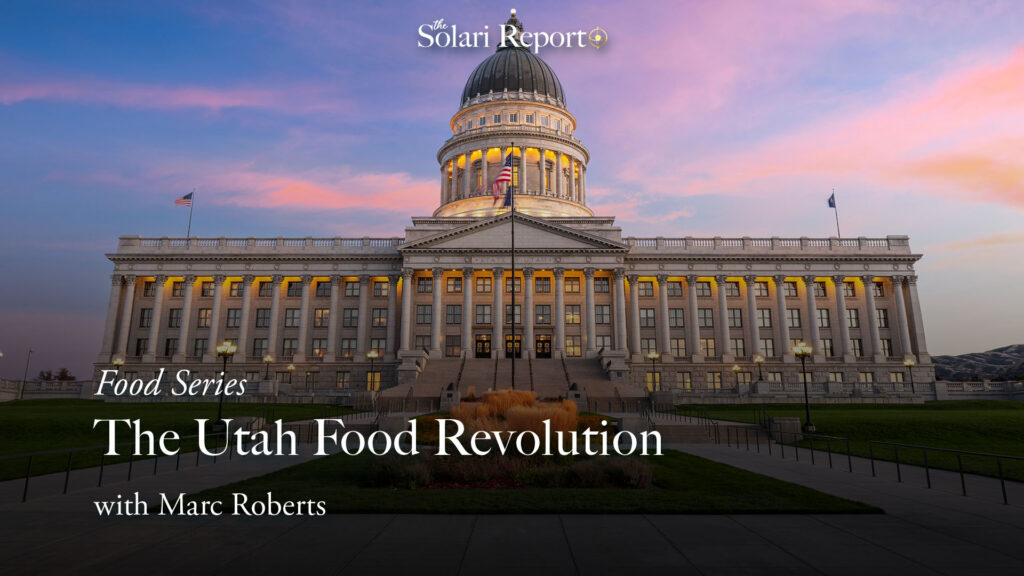

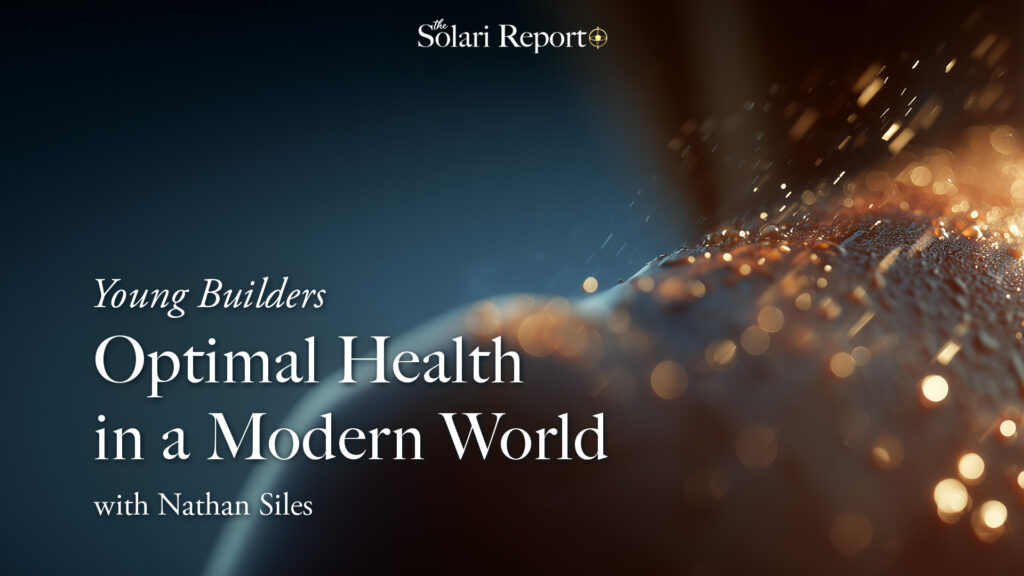
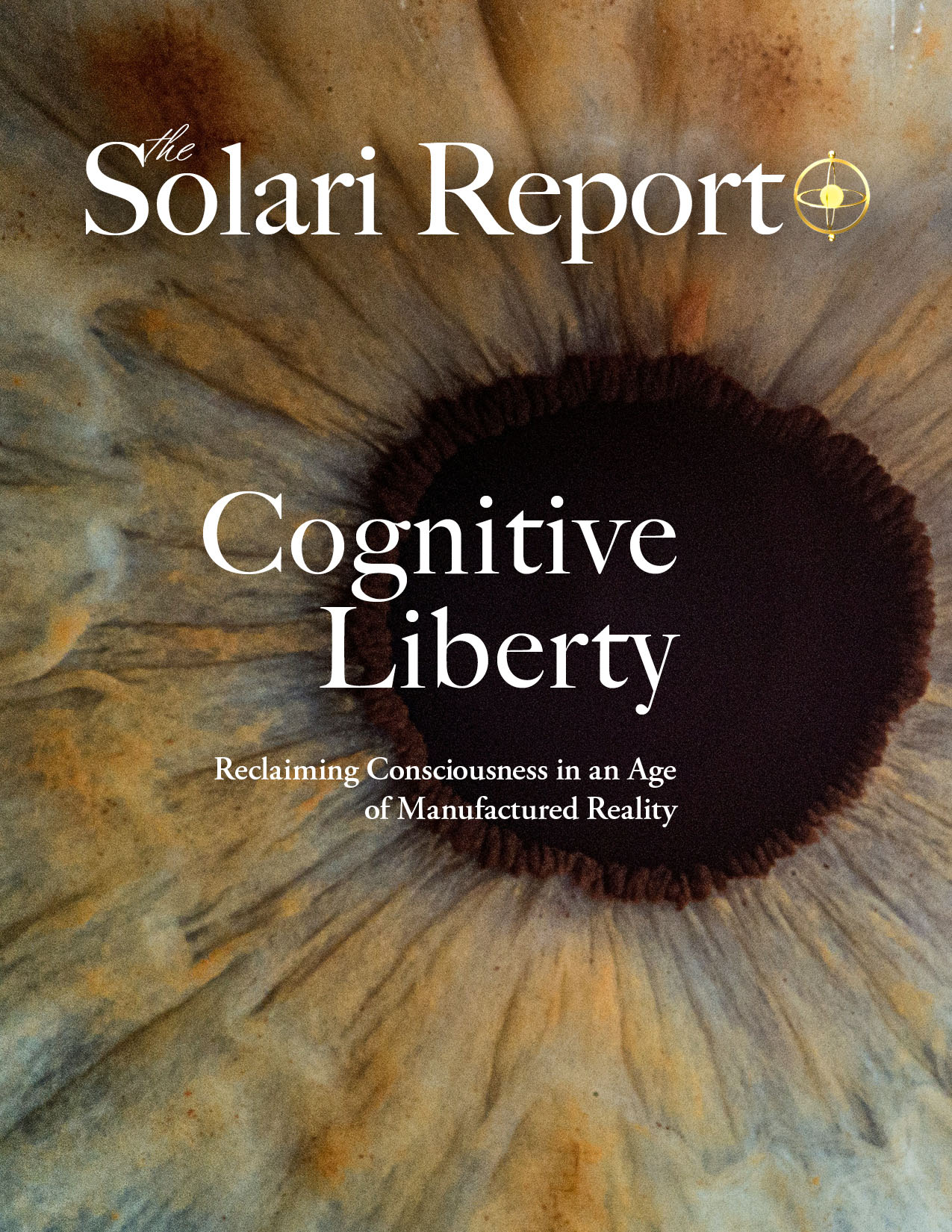


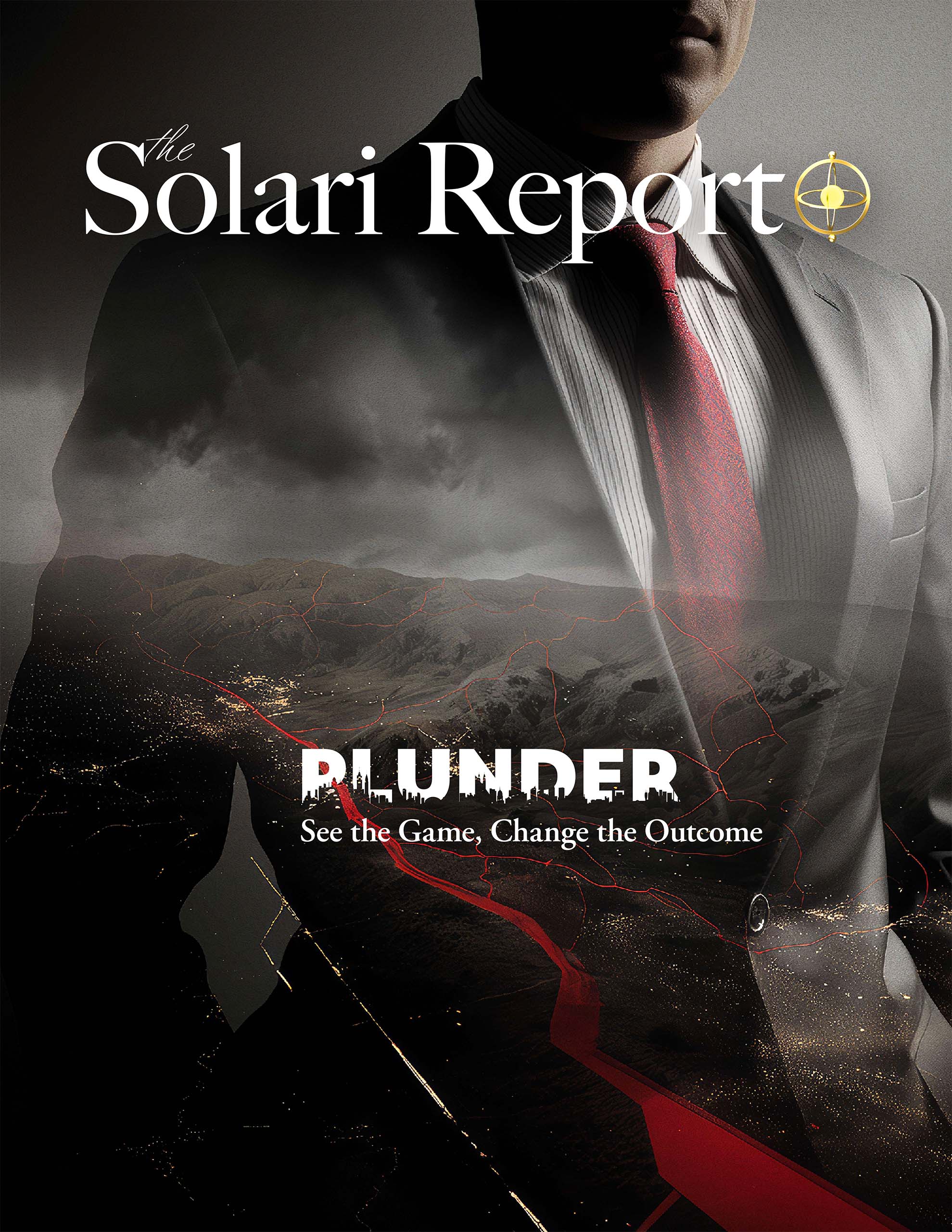


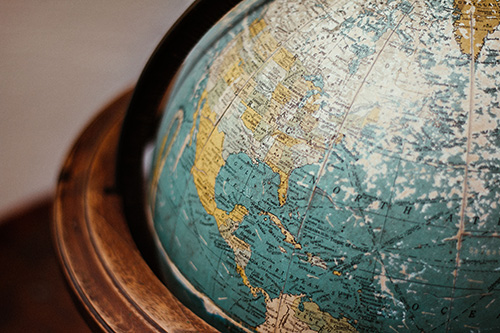





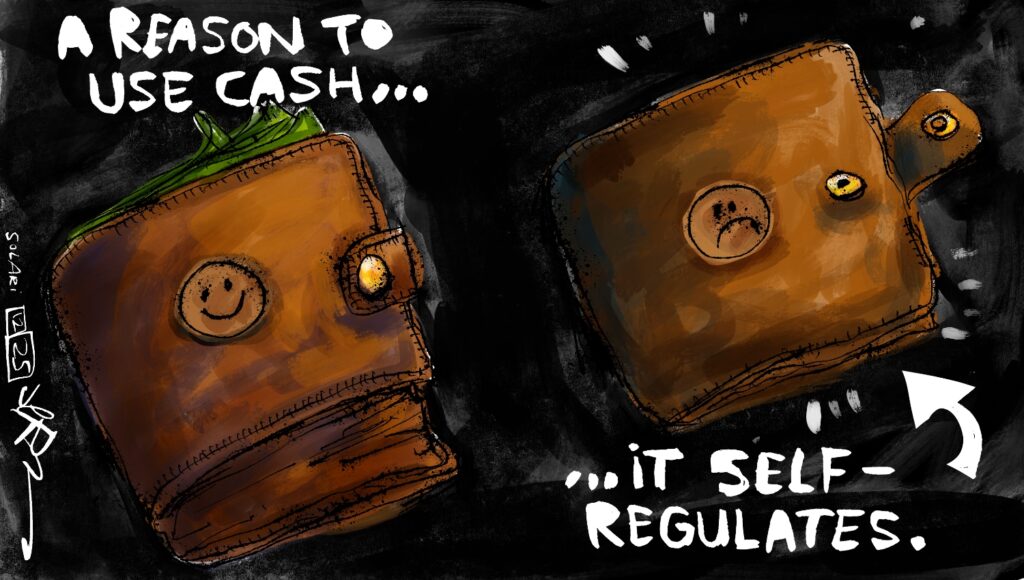

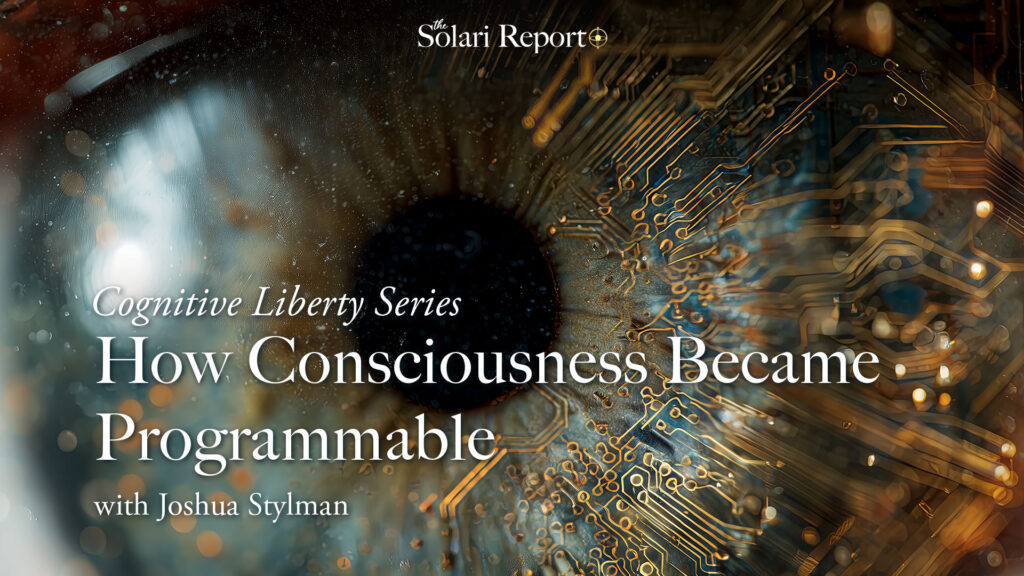
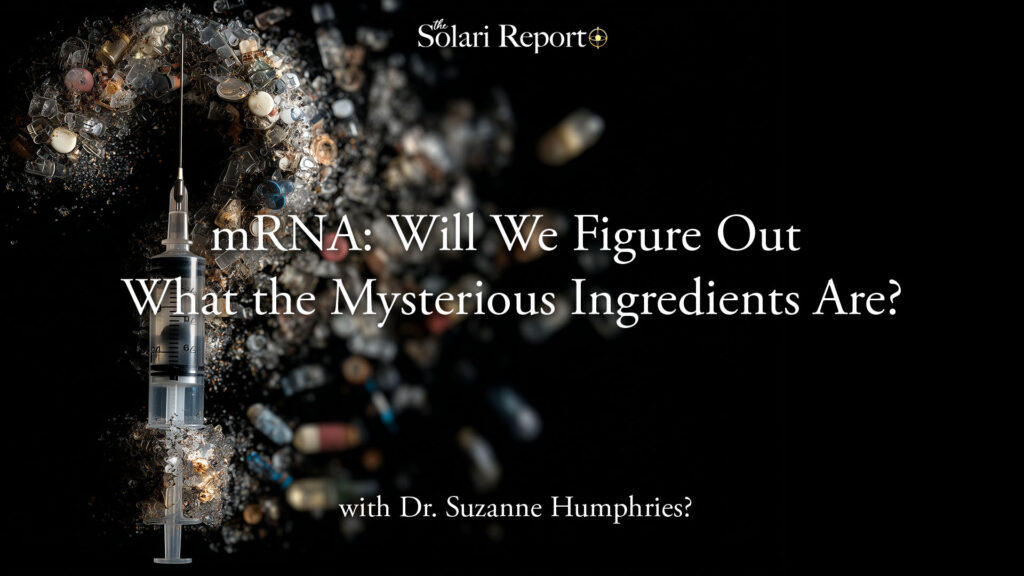


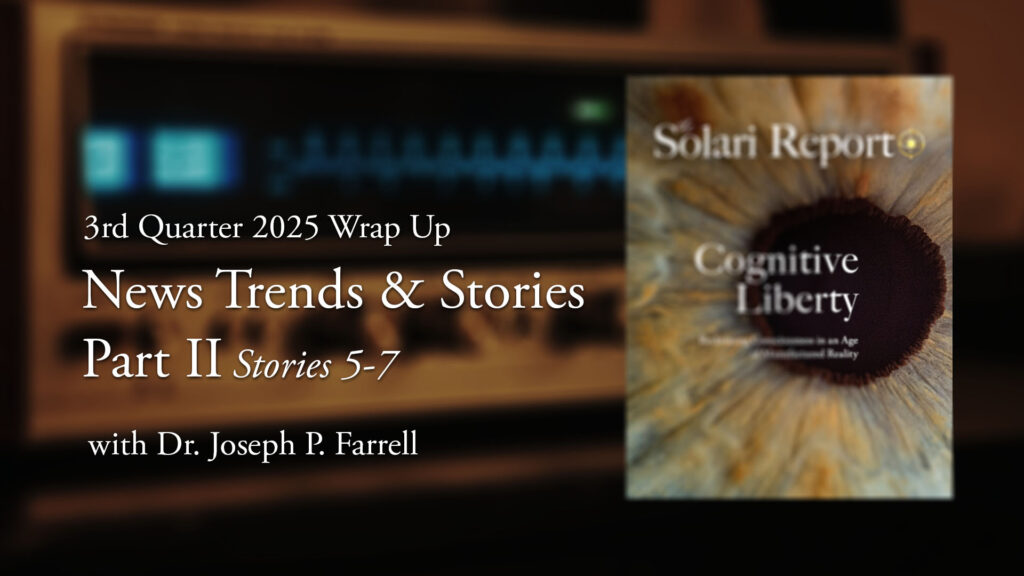
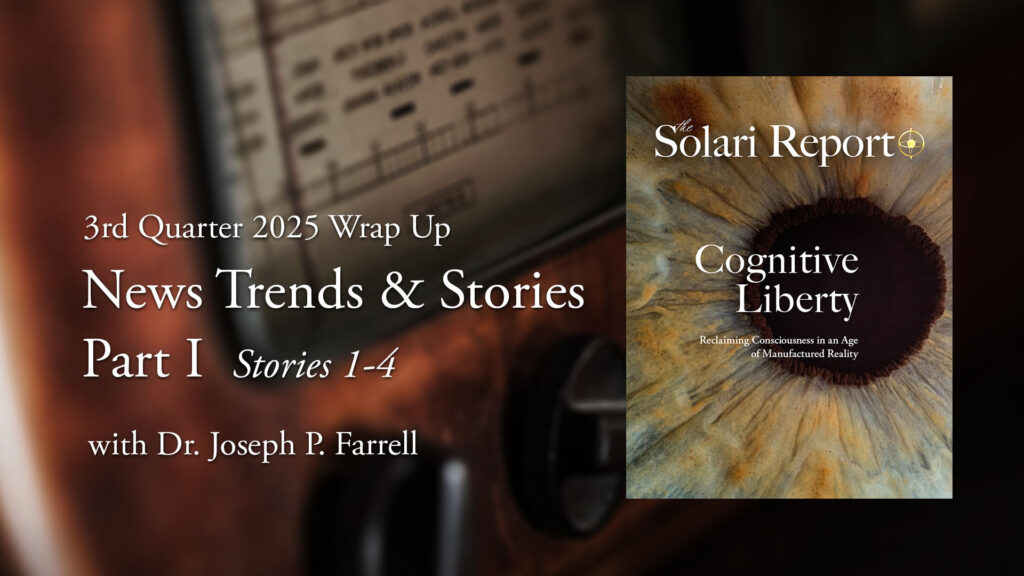
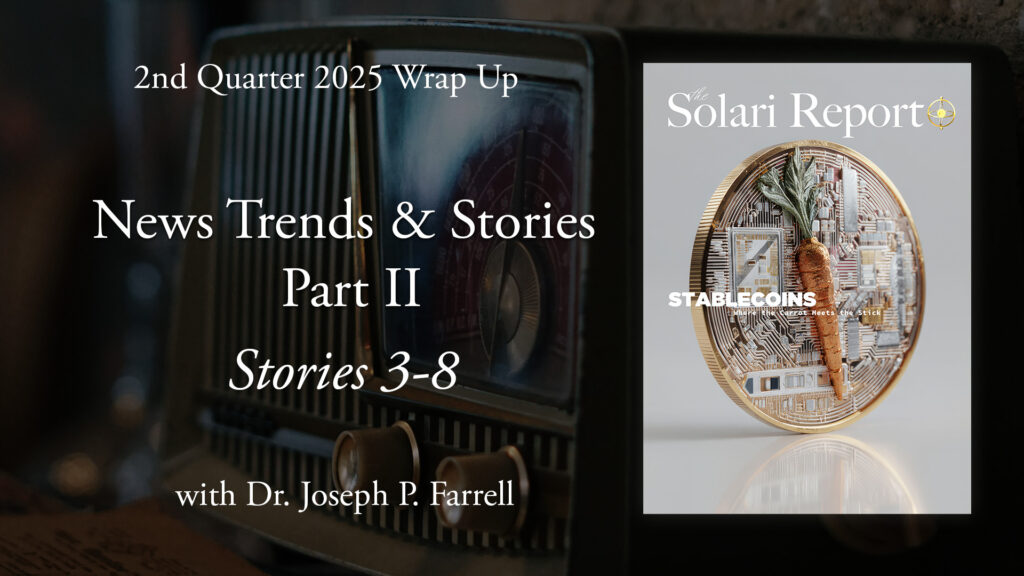
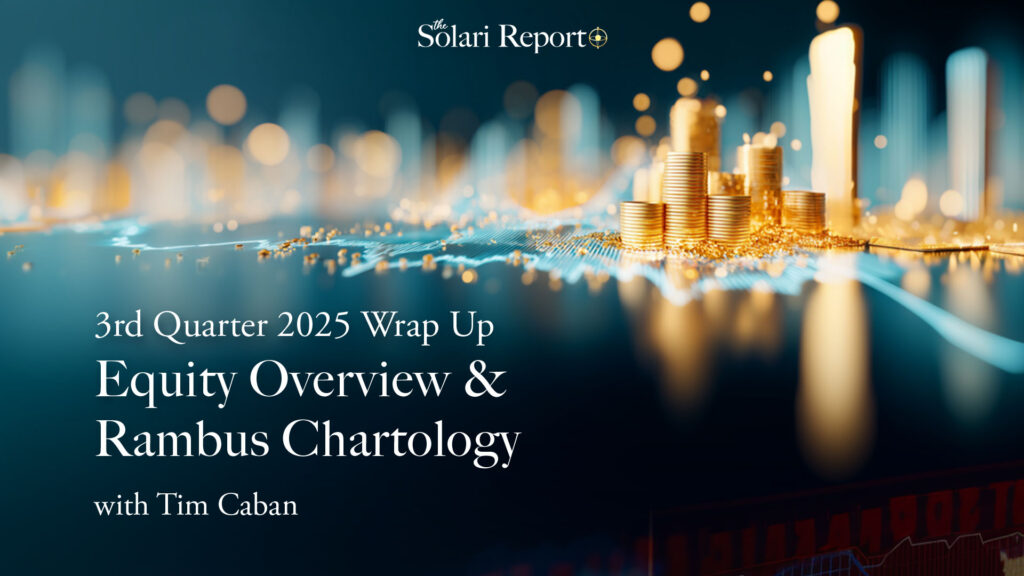

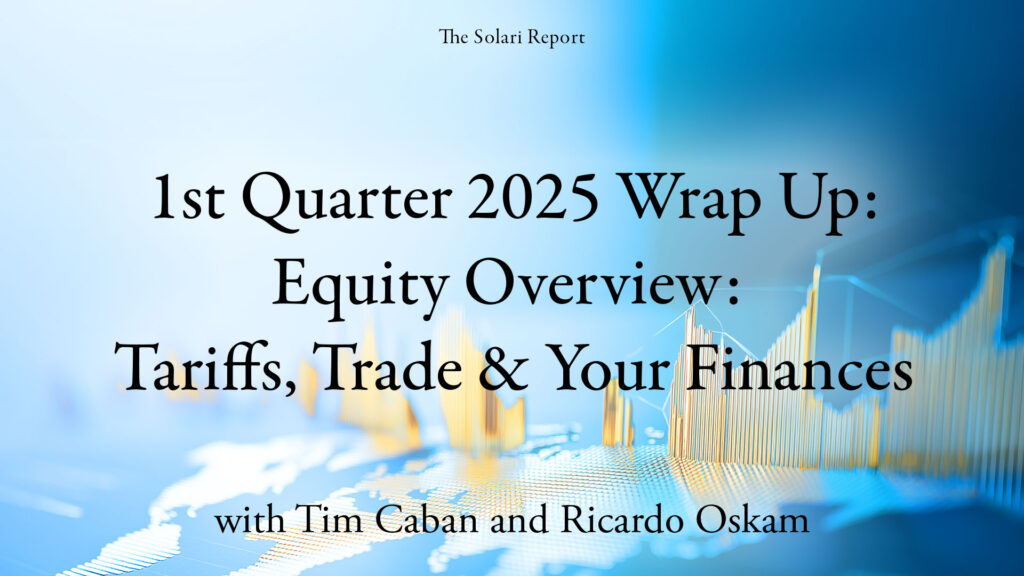
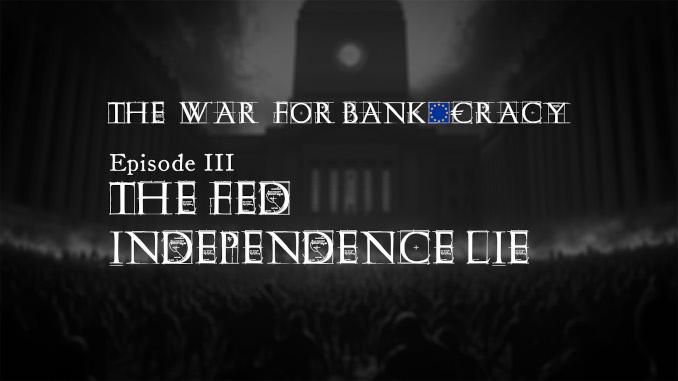
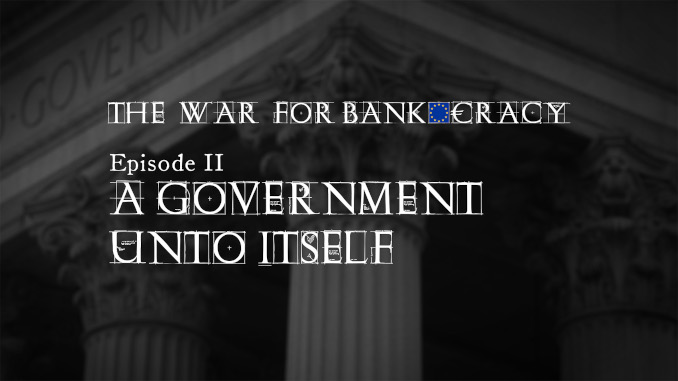
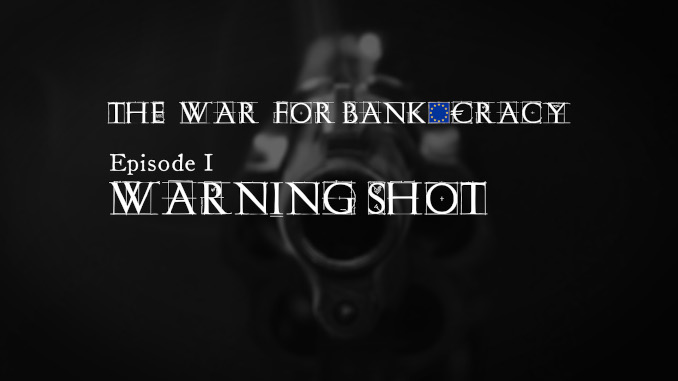
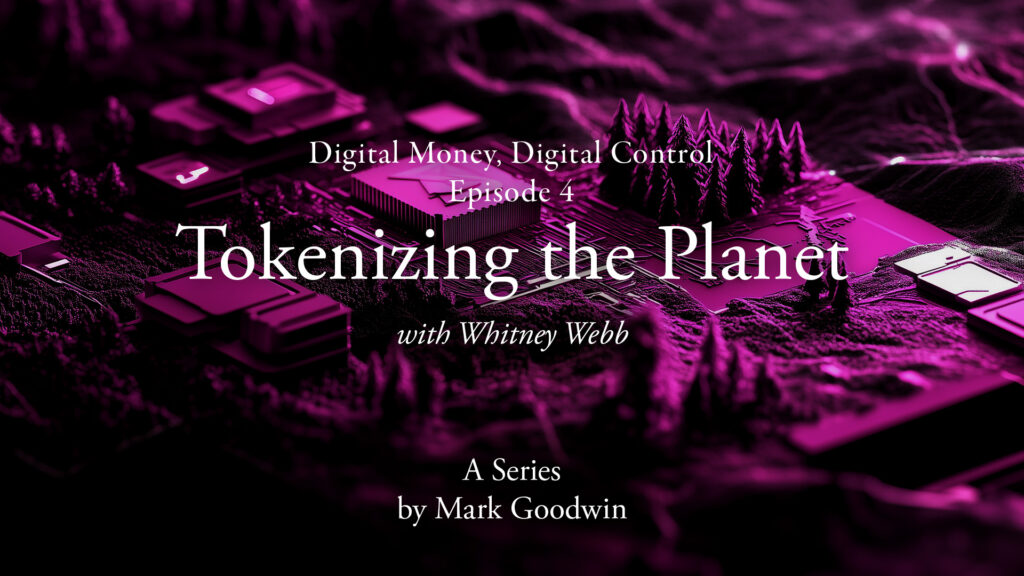
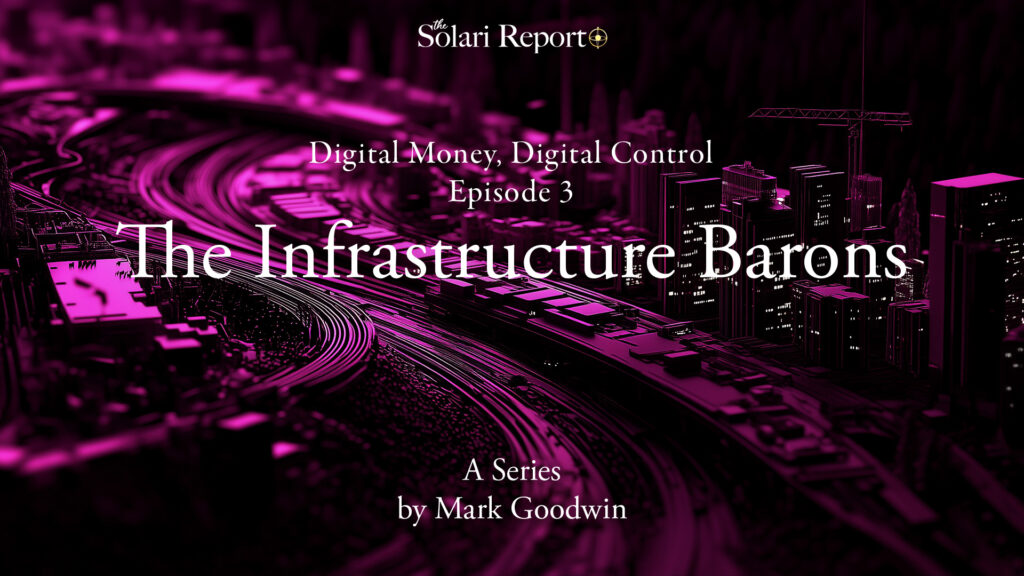
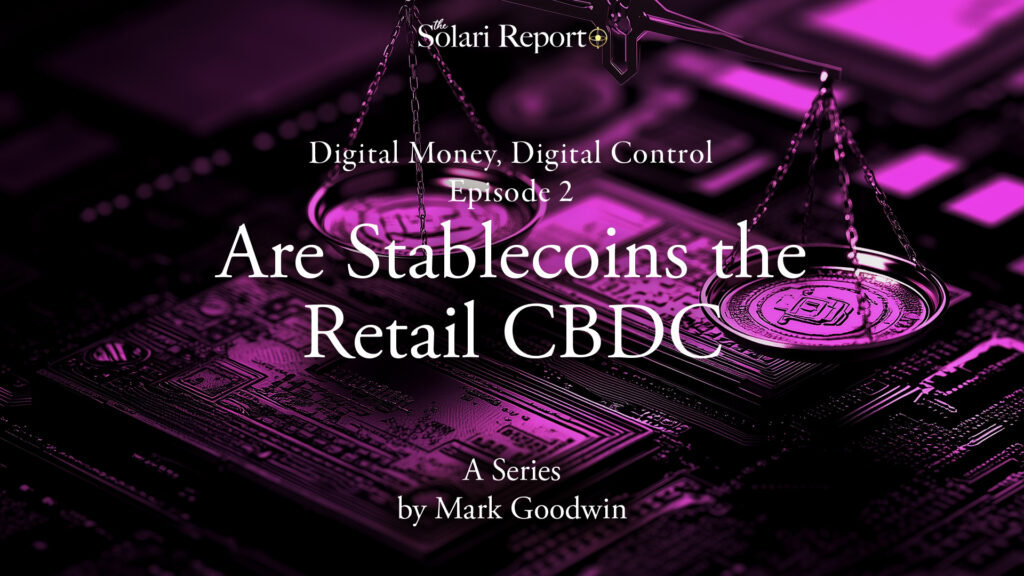
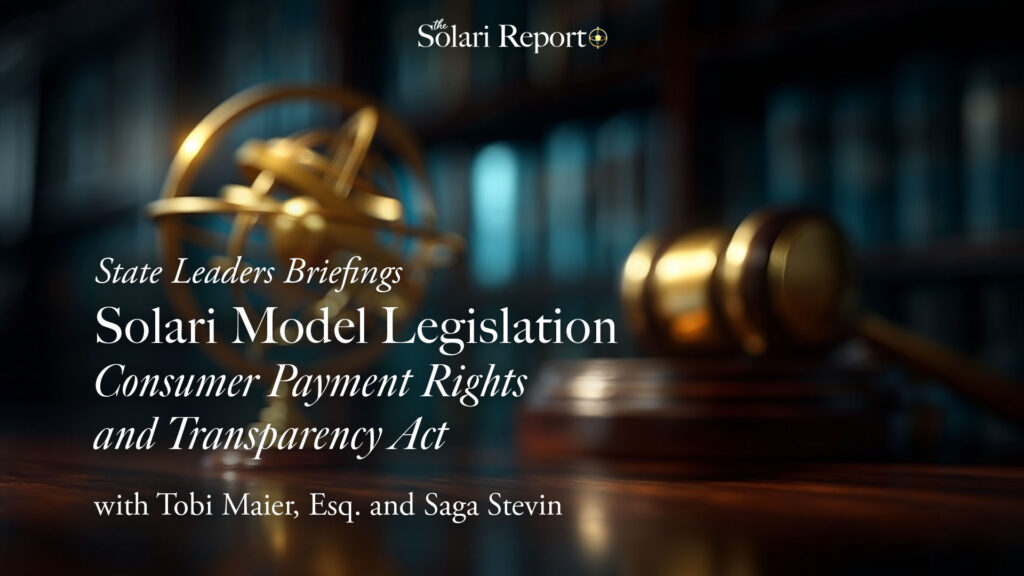
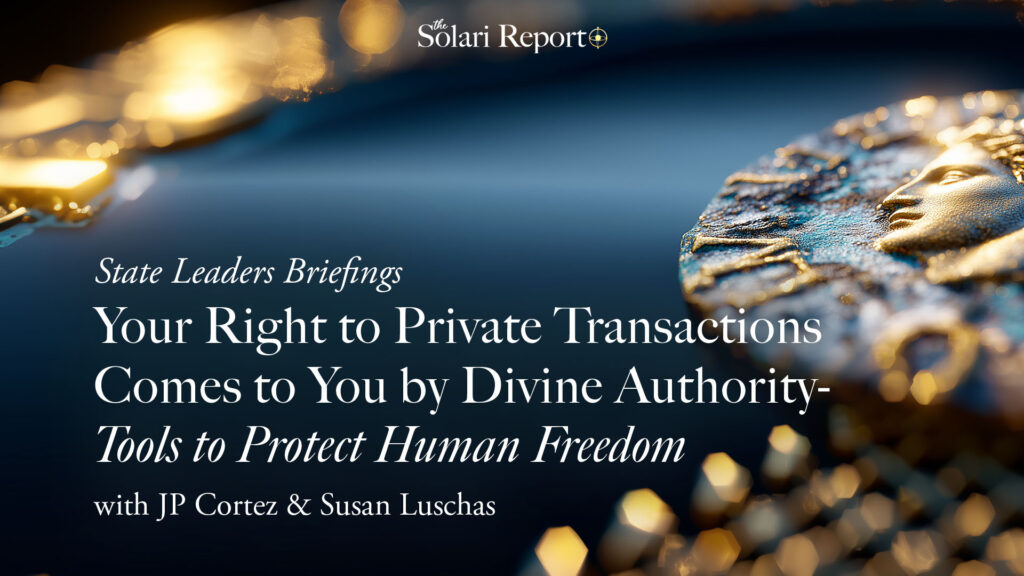











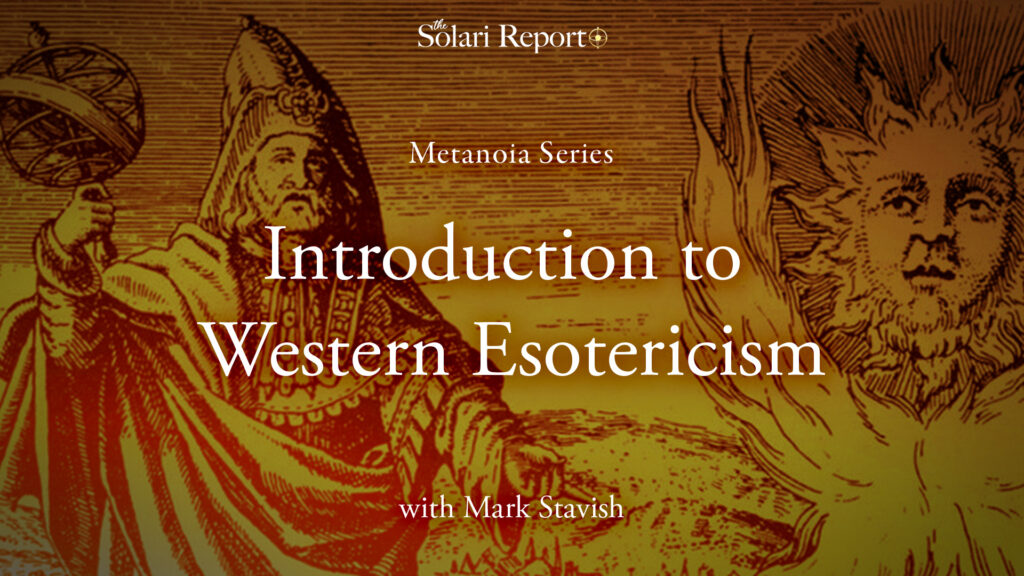
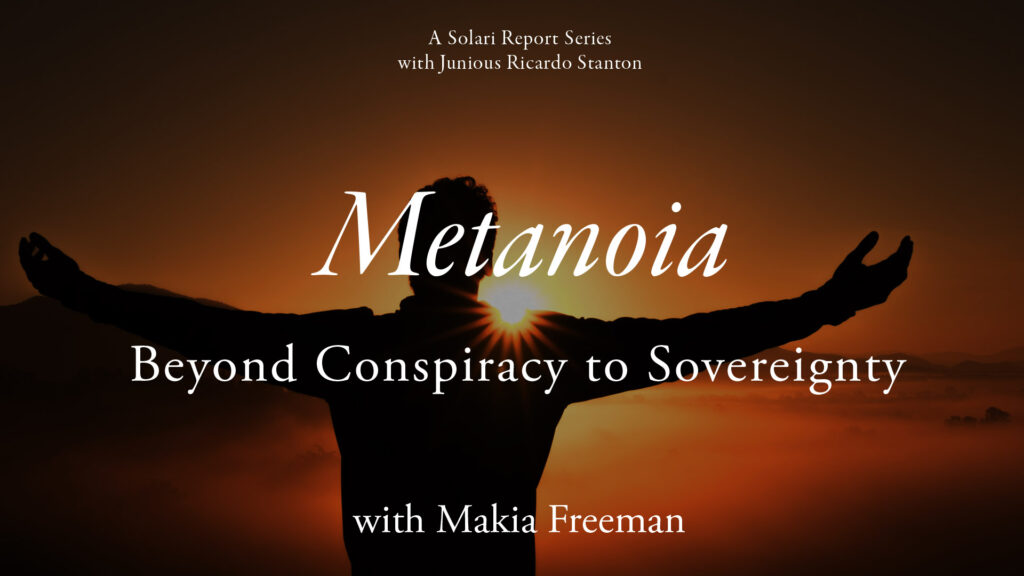

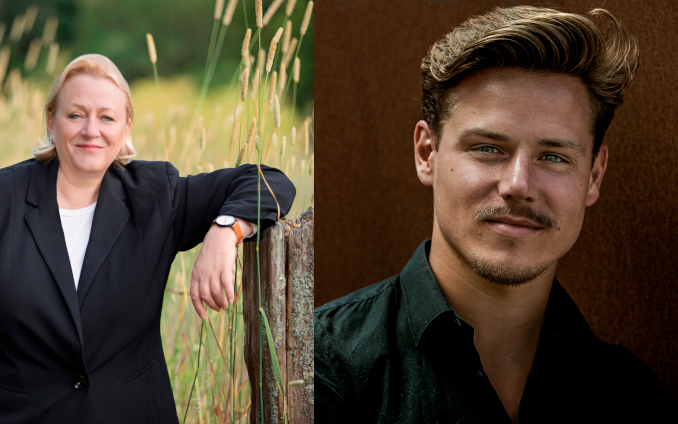


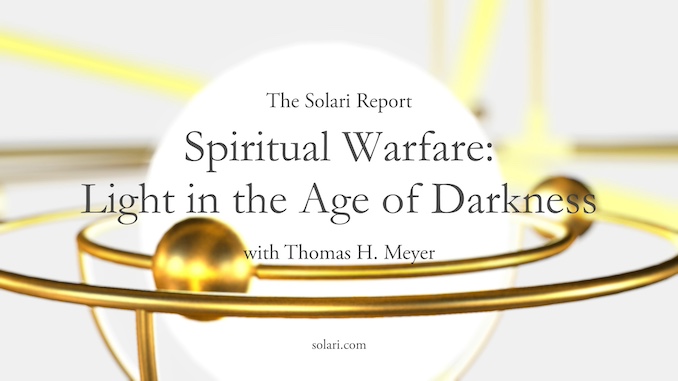




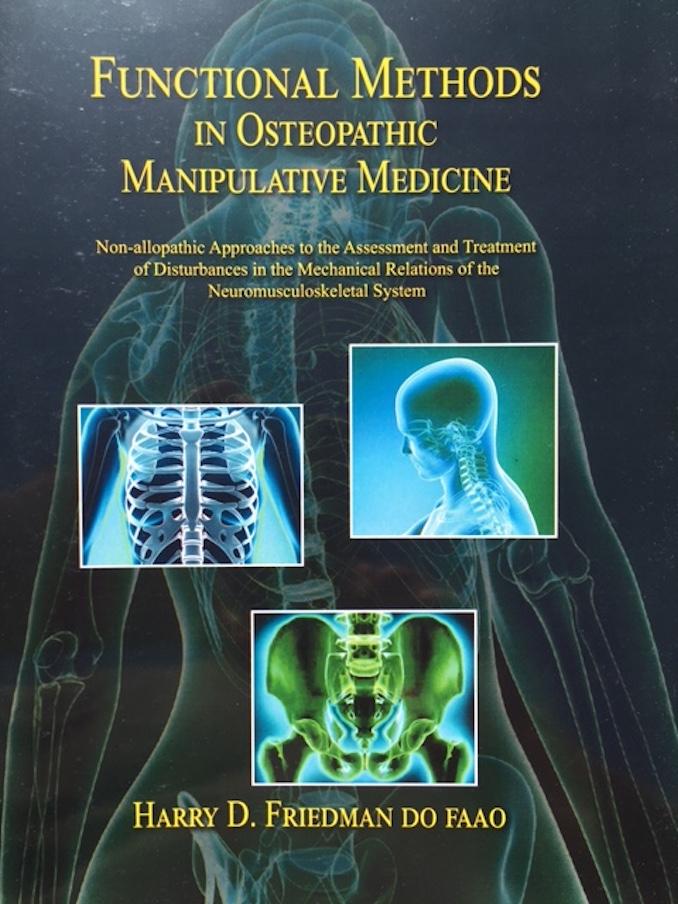






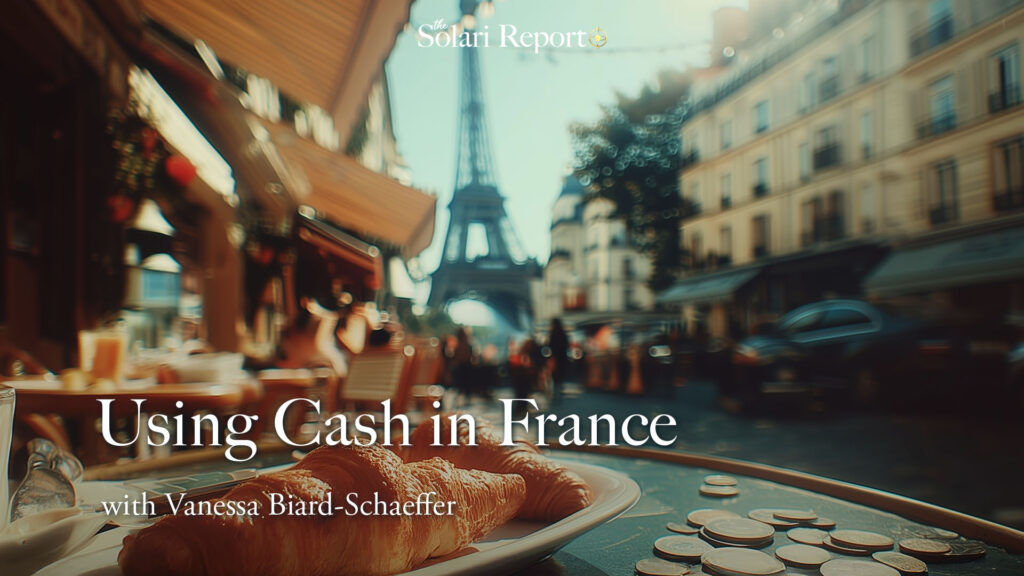
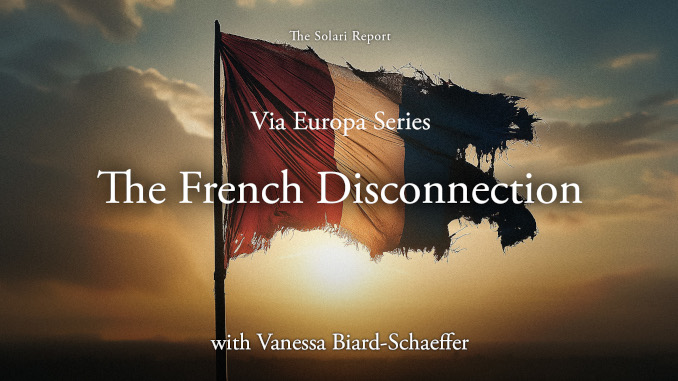
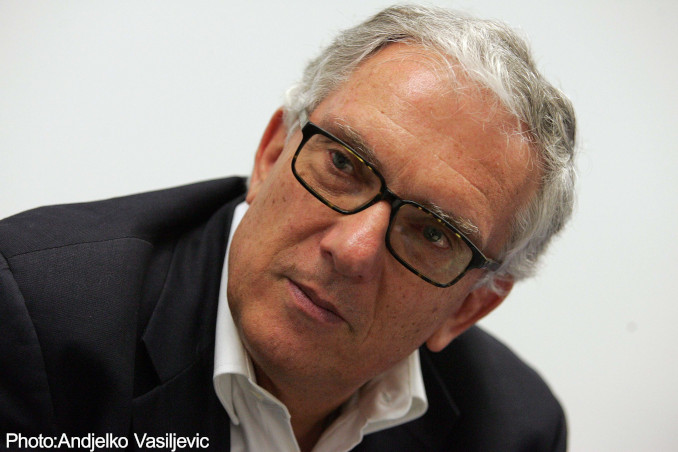




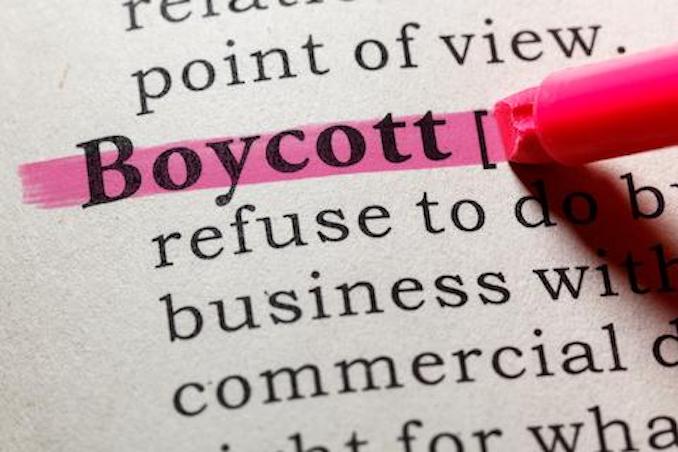

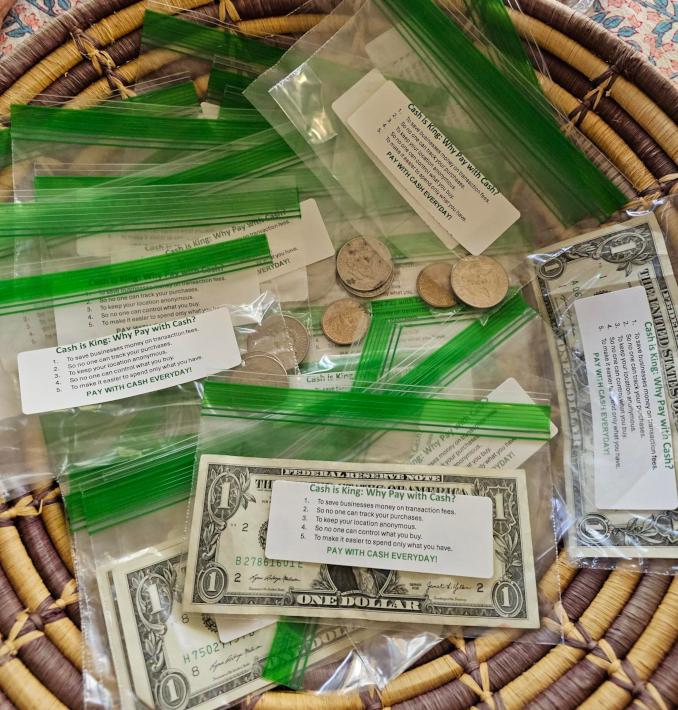
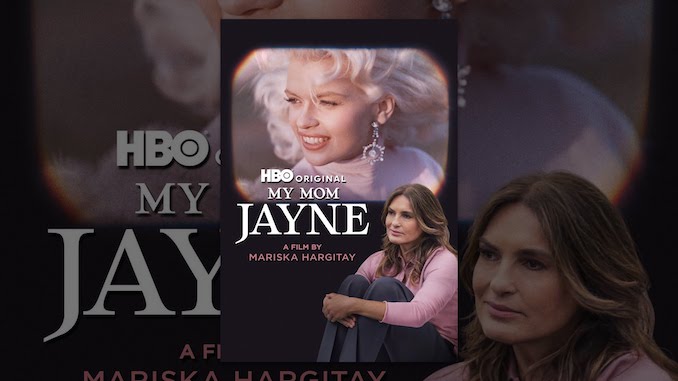




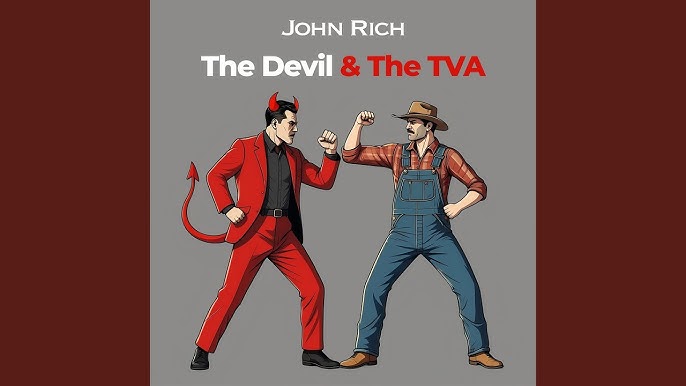
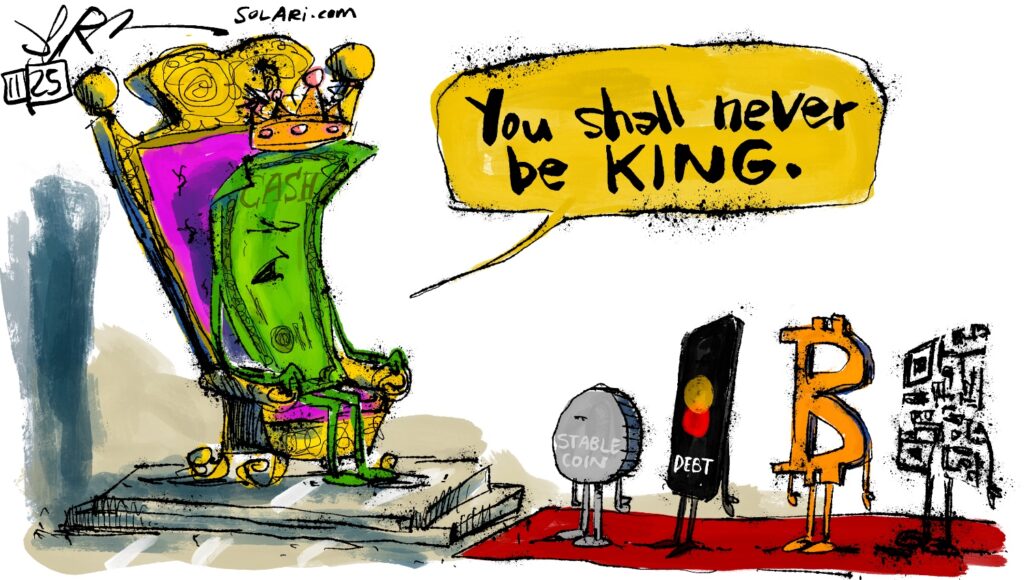
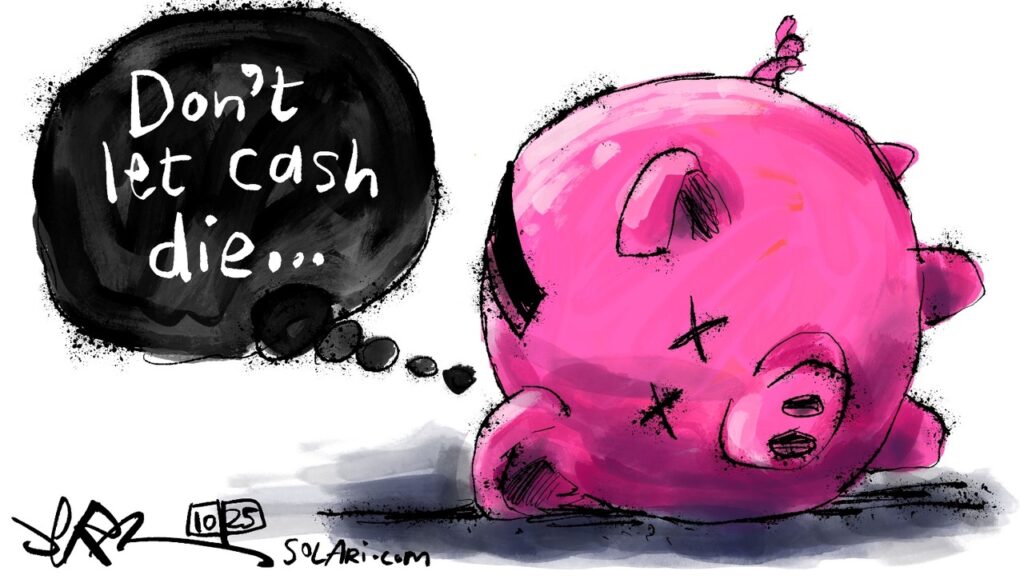
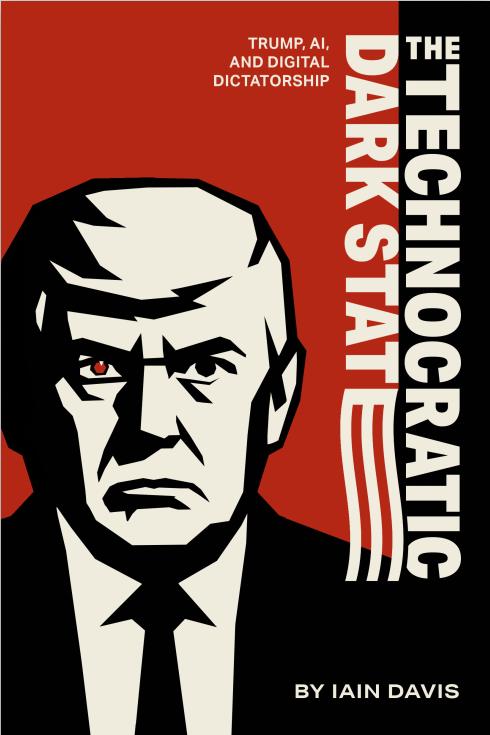


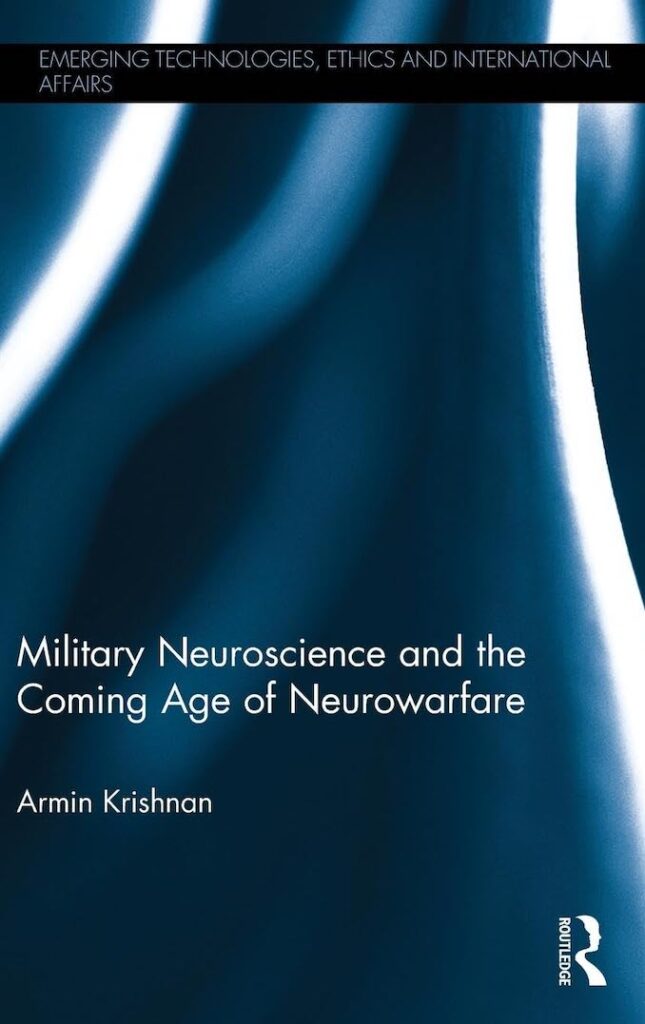












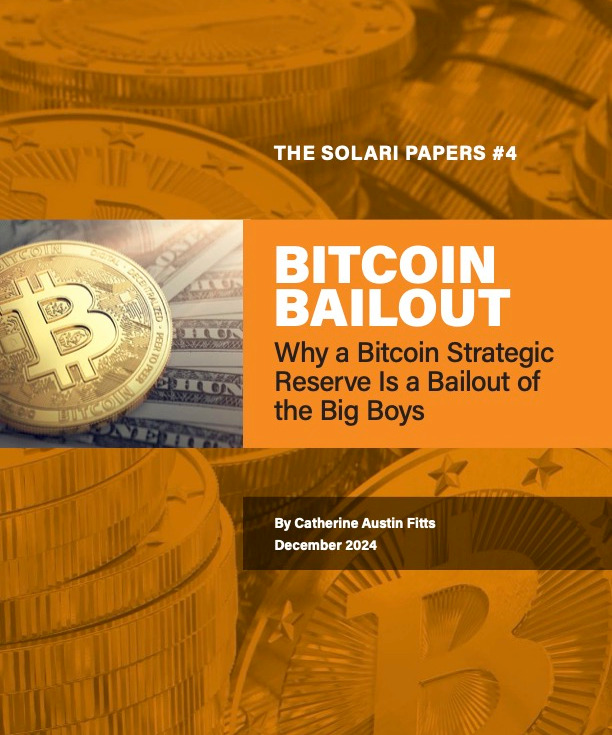
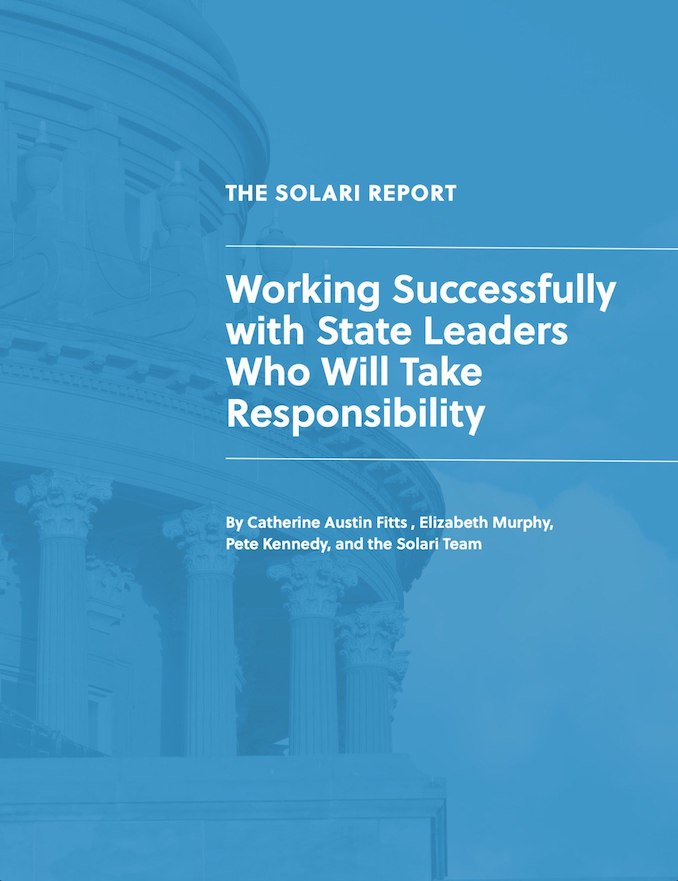
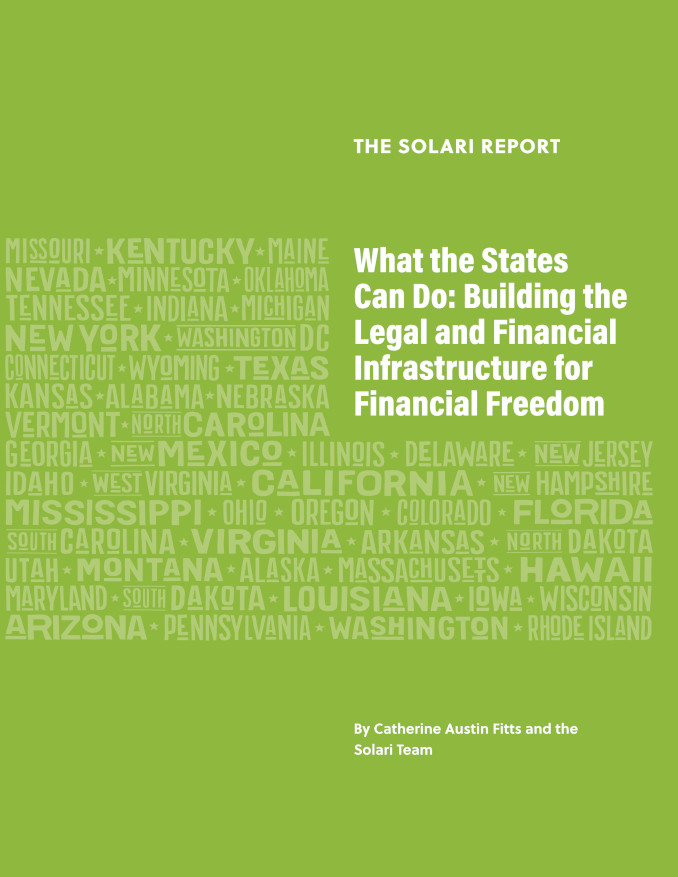

Check out Columbia U’s land grab in NYC>
get a life stop worrying about shit, in the time it took you to write your 50 page comments you could have spent that time with yor child or dying parents, or did somethin for yourself, stop being wory worts and just live
How do you ‘know’ that this Illuminati exists? Isn’t it possible that you are delusional? Without knowing their names and the exact details of what they did, it seems quite silly to assume such a group exists. To me, it sounds like you are first assuming there is this Illuminati and you are hunting and pecking for facts to support your previous bias… such as the wackos do with the 911 or JFK conspiracies. Of course there are wealthy people out there that want to have as much money and power as possible, but that is just normal. Research has shown, that is what people normally do. People always want a little more… that does not mean that this imaginary group is real.
*YAWN*
What we have here are two distinct groups, the tin foil hat group that is convinced that there is a secret conspiracy going on involving the Rothchilds, the Council on Foreign Relations, the Illuminati, et al. and the wealth envy crowd. Neither is very credible. Are the mega banks involved in dirty deeds and ripping off consumers, absolutely, but they are also an intregal part of the economy and if they were to disappear, you would see chaos that makes today’s financial downturn look like a drop of water on an ocean. These banks touch every sector of the economy and if just one, such as Bank of America, were to tank it would take hundreds of billions of dollars and over 1 million jobs with it. Because let’s remember, the bank itself may have on a few tens of thousands of employees, but millions of consumers and businesses are negatively affected. Apart from bank employees, you have mortgage brokers, investment advisors, heck even the guy at the hot dog stand outside the corporate offices would all lose their jobs. Then there are the people who own businesses who can’t make payroll because their line of credit with BoA is gone. I worked for an insurance company who issued health savings accounts in partnership with BoA, what happens to those people and their money? Like it or not, the mega banks have a hold on everything, but it’s a mutually beneficial relationship. They do things that we would not be able to do on our own like provide jobs and allow us to afford medical care, plus they allow us to build wealth for ourselves through investments. A mega bank is not an evil entity with an independent mind of its own. It’s a collection of individuals (admittedly most of which are selfish and self-serving – looking to enrich themselves) but nothing more. It’s not a perfect system, but those who are most successful in this world learn to work within that imperfect system.
I am very glad to have stumbled upon this website, and I have instantly bookmarked it. I will spend more time here tonight, when I get off work (not layed off yet).
I recommend this website for some excellant information:
http://www.pbs.org/wgbh/pages/frontline/meltdown/
PEACE
I never thought I’d hear another person in this country say anything remotely close to what my mother has been preaching for 30 years+. Others including myself have laughed at her “dementia”. We have called her “crazy” when she has stockpiles of food and water and jewelry(gold and silver). We called her a “packrat” when she would keep an old 2X4 and remove the nails for future use. I actually have gotten angry when she would come to my house with a bag of hand-me-down clothes. I have something to say to my mother…I am sorry for insulting your intellegence. You were right!
Anastacio:
Perhaps you should say “welcome back.” I grew up in a poorer neighborhood. My period of enjoying wealth in the bubble was relatively brief.
And I would say, “glad to be back.” I had a choice. Truly, the real world is a much better place to be.
In ‘cahoots”
Catherine